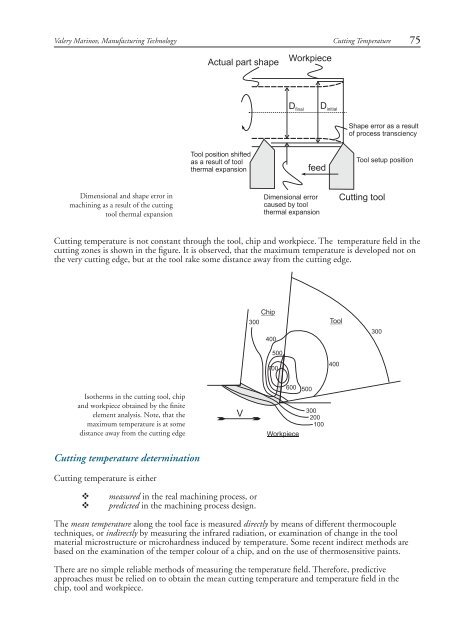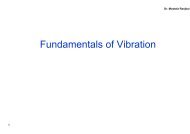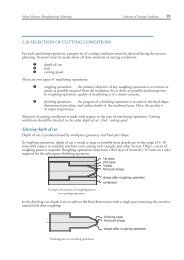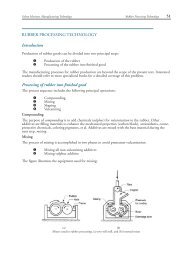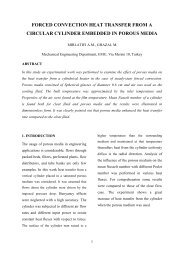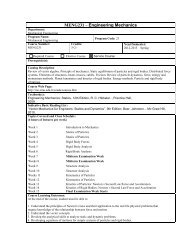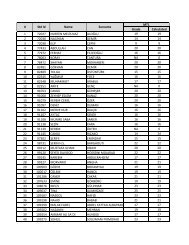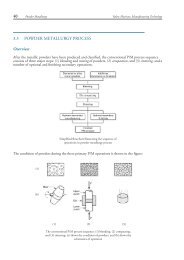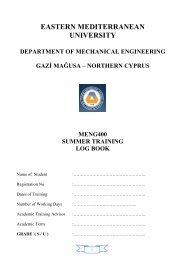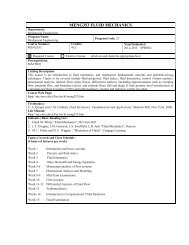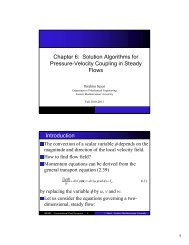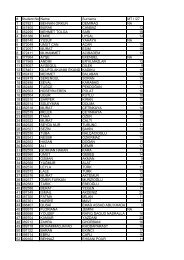5.4 Cutting Temperature
5.4 Cutting Temperature
5.4 Cutting Temperature
You also want an ePaper? Increase the reach of your titles
YUMPU automatically turns print PDFs into web optimized ePapers that Google loves.
Valery Marinov, Manufacturing Technology<br />
<strong>Cutting</strong> <strong>Temperature</strong> 75<br />
Actual part shape<br />
Workpiece<br />
D final<br />
D initial<br />
Shape error as a result<br />
of process transciency<br />
Tool position shifted<br />
as a result of tool<br />
thermal expansion<br />
feed<br />
Tool setup position<br />
Dimensional and shape error in<br />
machining as a result of the cutting<br />
tool thermal expansion<br />
Dimensional error<br />
caused by tool<br />
thermal expansion<br />
<strong>Cutting</strong> tool<br />
<strong>Cutting</strong> temperature is not constant through the tool, chip and workpiece. The temperature field in the<br />
cutting zones is shown in the figure. It is observed, that the maximum temperature is developed not on<br />
the very cutting edge, but at the tool rake some distance away from the cutting edge.<br />
Chip<br />
300<br />
400<br />
500<br />
700<br />
Tool<br />
400<br />
300<br />
Isotherms in the cutting tool, chip<br />
and workpiece obtained by the finite<br />
element analysis. Note, that the<br />
maximum temperature is at some<br />
distance away from the cutting edge<br />
V<br />
600 500<br />
Workpiece<br />
300<br />
200<br />
100<br />
<strong>Cutting</strong> temperature determination<br />
<strong>Cutting</strong> temperature is either<br />
v<br />
v<br />
measured in the real machining process, or<br />
predicted in the machining process design.<br />
The mean temperature along the tool face is measured directly by means of different thermocouple<br />
techniques, or indirectly by measuring the infrared radiation, or examination of change in the tool<br />
material microstructure or microhardness induced by temperature. Some recent indirect methods are<br />
based on the examination of the temper colour of a chip, and on the use of thermosensitive paints.<br />
There are no simple reliable methods of measuring the temperature field. Therefore, predictive<br />
approaches must be relied on to obtain the mean cutting temperature and temperature field in the<br />
chip, tool and workpiece.


